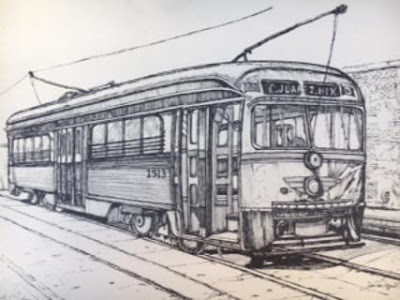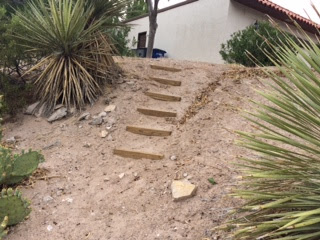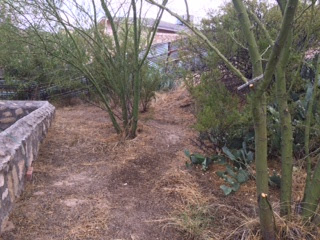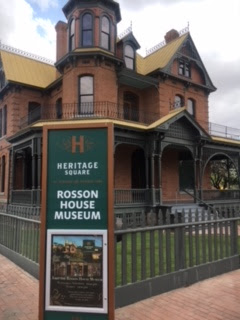 |
| Drawing of old El Paso Streetcar |
"I think I can find that old drawing in the garage," my husband, Wayne, promised when I told him of my plan to write about the new El Paso Streetcars. He had bought the drawing in 1981 at the El Paso Centennial Celebration. That year was just seven years after the last El Paso Streetcar had run in 1974, more than forty years ago.
We had been following news reports for several years that El Paso Streetcars would soon be back on the tracks. Streetcars in our city have an long history, beginning with a trolley pulled by Mandy the Mule at the first of the 20th century to the 1950s when international street car service played a crucial role in an expanding city. How sad that I have no personal memories of riding the streetcar, too busy with getting on with life to enjoy that unique feature of our city.
One sunny November morning, a few days after the grand opening of the new streetcars, we decided to use them for a tour of downtown El Paso . The smart plan would have been to download a map to check routes and stops, but we felt confident with our long years of living in El Paso that we could figure out the new transportation system for ourselves.
Our first difficulty was a common one —finding a convenient parking spot in the downtown area. Ironically, any type of public transportation should help a person avoid parking problems, not cause them. We drove around for a while, noting streetcar tracks and overhead wires as well as signs denoting streetcar stops, many with comfortable looking benches for waiting. Having finally located a two hour parking meter, we soon discovered that was not quite long enough for exploring the streetcar routes. We walked for about a block and a half and climbed aboard our first streetcar.
 |
| Our first streetcar |
 |
| Streetcar driver |
His car was on a downtown route, but he advised us to get off at the Sun Metro station and take another car to the Glory Road area, near the University of Texas at El Paso, if we wanted a longer route. I have two audio remembrances of this first trip. The first was the quiet operation of the streetcar. The other was the delightful ding-ding of the streetcar bell.
At the Sun Metro station, we waited in the warm sunshine for the next streetcar. A mural opposite the stop on the streetcar servicing building drew our attention. A few fellow passengers joined us on the street corner.
 |
| Mural |
Our second streetcar delivered us back to the stop near our parking meter. Fearing that we wouldn't know exactly how to get back to that spot or how long it would take, we hopped off. I find learning to use public transportation successfully deeply satisfying. And without a need to watch the road or read signs, sitting in a very comfortable seat and gazing out the window is my kind of travel.
 |
| Our second streetcar |
El Paso Streetcars have given the downtown area a special look as they glide along. It is always a treat to catch sight of one of the cars, painted in vintage colors of the various decades of service.


















































